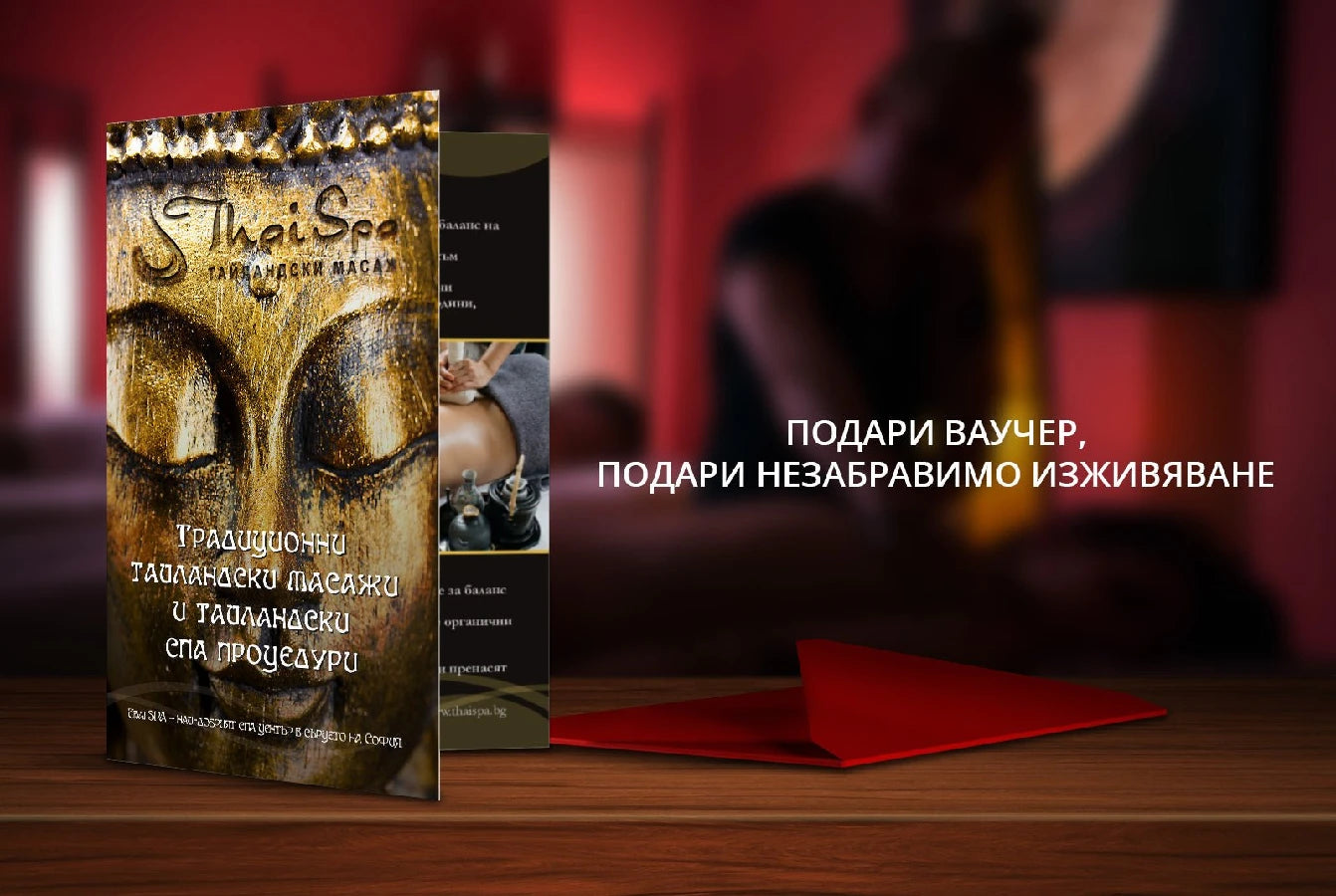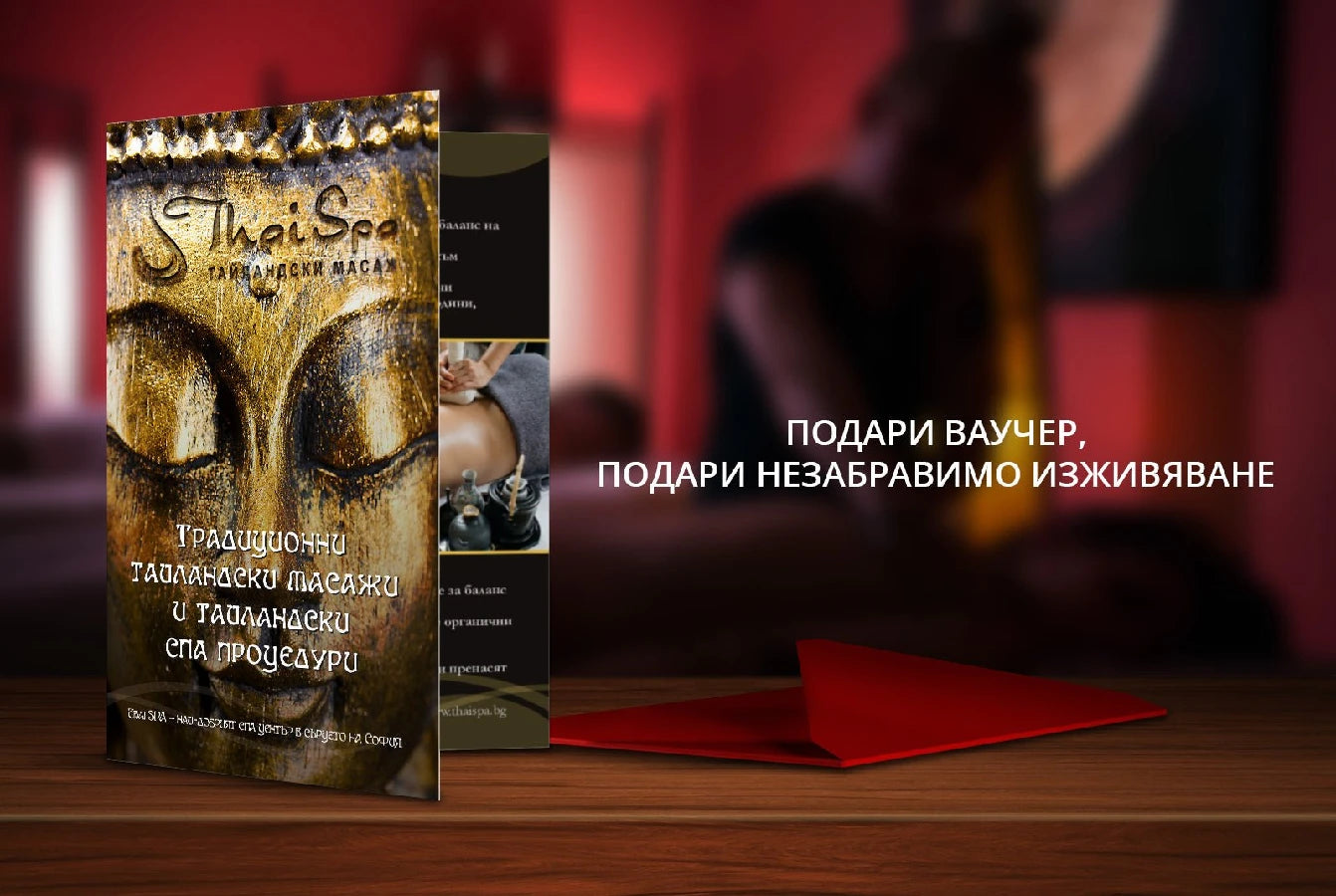Thai massage is an ancient therapeutic practice that combines the principles of Yin and Yang to achieve balance and harmony in the body and mind. This article will look at how the philosophy of Yin and Yang is integrated into Thai massage and how it benefits our health and well-being.
Key Findings
- The philosophy of Yin and Yang underlies Thai massage, striving for balance and harmony.
- Thai massage uses both gentle and vigorous techniques to balance Yin and Yang.
- The historical development of Thai massage has been influenced by Buddhism and other Eastern practices.
- Regular Thai massage can improve your physical, emotional and energetic state.
- Incorporating Thai massage into your daily routine can be the key to better health and well-being.
The philosophy of Yin and Yang in Thai Massage
The philosophy of Yin and Yang underlies many Eastern practices, including Thai massage. This ancient form of therapy not only offers physical relief, but also a deep inner balancing that responds to the basic principles of Yin and Yang. Incorporating Thai massage into daily practices can be key to achieving better physical and emotional well-being.
Basic principles of Yin and Yang
Yin and Yang are ancient Chinese concepts that describe how opposing or conflicting forces can be interdependent and complementary in the natural world. In Chinese medicine and many Eastern practices, such as acupuncture, tai chi and Thai massage , Yin and Yang are fundamental concepts. Health and well-being are achieved by balancing Yin and Yang in the body and mind. Every aspect of life involves Yin and Yang in various forms and proportions.
Effect on body and mind
Thai massage aims to balance these two forces in the body, thereby creating a sense of complete harmony and well-being. Gentle stretching and relaxation techniques correspond to Yin qualities, helping to release tension and promote inner peace. Energetic and more intense techniques reflect the Yang aspect, stimulating energy channels and improving physical strength and endurance.
Application in massage techniques
Thai massage, which has its roots in ancient Eastern practices, is a unique way to restore the balance between Yin and Yang in the body. Through the combination of gentle stretches and dynamic techniques, this type of massage works not only on the physical body, but also on the energy flow, thus striving for harmony and overall well-being.
Historical Development of Thai Massage
Origin and evolution
Thai massage has deep roots in ancient Eastern practices. It combines techniques from India, China and Southeast Asia, and is believed to have been created by the Buddha's personal physician . Over the centuries, massage has undergone various stages of development, retaining its uniqueness and effectiveness.
Influence of Buddhism
Buddhism has had a significant influence on the development of Thai massage. The techniques and philosophy of massage are closely related to the Buddhist principles of harmony and balance. Historically, feminine energy has had a different perception and use, varying according to cultural and social contexts.
Modern practices
Today, Thai massage is popular all over the world and is practiced in various forms. Modern scientific and psychological research confirms its benefits for physical and emotional health. Despite modernization, massage retains its traditional techniques and philosophy, which continue to appeal to people of all ages.
Thai Massage Techniques for Balancing Yin and Yang
Gentle stretching techniques
Thai massage includes gentle stretching techniques that help release tension and promote inner peace. These techniques correspond to Yin qualities and are ideal for people seeking relaxation and flexibility.
Energetic and stimulating techniques
The energetic and more intense techniques in Thai massage reflect the Yang aspect. They stimulate energy channels and improve physical strength and endurance. These techniques are preferred because of their intensity and holistic approach .
Combined approaches
Combined approaches in Thai massage combine gentle and energetic techniques to achieve a balance between Yin and Yang. These methods are particularly effective for overall well-being and harmony of body and mind.
Thai massage is a unique experience with professional therapists and a variety of therapies for relaxation and renewal.
Benefits of Thai Massage for Yin and Yang Harmony

Physical benefits
Thai massage offers many physical benefits . It helps release muscle tension and improves flexibility. Through the combination of gentle stretches and dynamic techniques, this type of massage works not only on the physical body, but also on the energy flow . This leads to improved blood circulation and reduced joint pain.
Emotional and mental benefits
Thai massage also has significant emotional and mental benefits . It helps reduce stress and anxiety by creating a sense of inner peace and tranquility. Massage stimulates the release of endorphins, which improve mood and general well-being. Incorporating Thai massage into daily practices can be key to achieving better physical and emotional well-being.
Energy benefits
Thai massage is known for its energy benefits . It works on energy channels in the body known as sen lines, which are similar to meridians in acupuncture. By stimulating these channels, massage helps restore energy balance and improve vitality. This leads to a feeling of complete harmony and well-being.
Thai massage, which has its roots in ancient Eastern practices, is a unique way to restore the balance between Yin and Yang in the body.
Practical Tips for Incorporating Thai Massage into Everyday Life
Choosing the right massage therapist is key to the successful application of Thai massage. It is important to make sure that the massage therapist has the necessary qualifications and experience. It is recommended that you seek feedback from other customers and consult with professionals in the field.
In order to achieve optimal results, it is important to determine the appropriate frequency and duration of massages. It is generally recommended that massages be done at least once a week, with each session lasting around 60 to 90 minutes. This will help release tension and promote inner peace.
If you don't have the opportunity to visit a professional massage therapist, you can incorporate some Thai massage techniques into your daily routine. Here are some tips:
- Use gentle stretching techniques to improve your flexibility.
- Apply vigorous and stimulating techniques to improve physical strength .
- Combine different approaches to achieve a balance between Yin and Yang.
Incorporating Thai massage into your daily routine can be key to achieving better physical and emotional well-being.
The Relationship Between Thai Massage and Other Eastern Practices
Comparison with acupuncture
Thai massage and acupuncture share common goals of improving energy flow in the body. While acupuncture uses needles to stimulate specific points, Thai massage relies on pressure and stretching. Both practices seek to balance Yin and Yang, thereby promoting overall health.
Connection with yoga and tai chi
Thai massage is often called "passive yoga" because of its stretching and positioning techniques. Like yoga and tai chi, it focuses on flexibility and energy balance . These practices share the philosophy of harmony between body and mind, using movement and breath to achieve inner peace.
Integration in modern medicine
Modern medicine is increasingly recognizing the benefits of Eastern practices such as Thai massage. Therapists often recommend these methods to relieve stress and improve blood circulation . Incorporating Thai massage into medical programs can offer a holistic approach to health, combining traditional and modern techniques.
Thai massage is a bridge between ancient wisdom and modern science, offering a unique way to achieve balance and harmony in life.
Thai massage is not only relaxing but also related to many other Eastern practices such as yoga and acupuncture. These methods work together to improve your health and well-being. To learn more and book your appointment, visit our website .
Conclusion
Thai massage and the philosophy of Yin and Yang show us how important it is to maintain balance in our lives. By combining gentle and dynamic techniques, this massage not only relieves physical tension, but also helps our inner peace. Incorporating these practices into daily life can lead to better health and harmony. Whether we're looking for physical relief or emotional balance, Thai massage offers a unique path to overall well-being.
Frequently Asked Questions
What is Yin and Yang?
Yin and Yang are ancient Chinese concepts that describe how opposite forces such as darkness and light can complement each other and exist in harmony.
How do Yin and Yang relate to Thai massage?
Thai massage uses techniques that balance Yin and Yang in the body, helping with physical and emotional well-being.
What are the main benefits of Thai massage?
Thai massage offers physical relief, emotional balancing and improvement of energy flow in the body.
How often should a Thai massage be done?
The frequency of massages depends on individual needs, but is usually recommended once every two weeks.
How do I choose the right massage therapist?
Choose a massage therapist with good reviews and professional experience. It's important to feel comfortable with it.
Can I practice Thai massage on my own?
There are some techniques that you can practice on your own, but for better results it is advisable to trust a professional.





